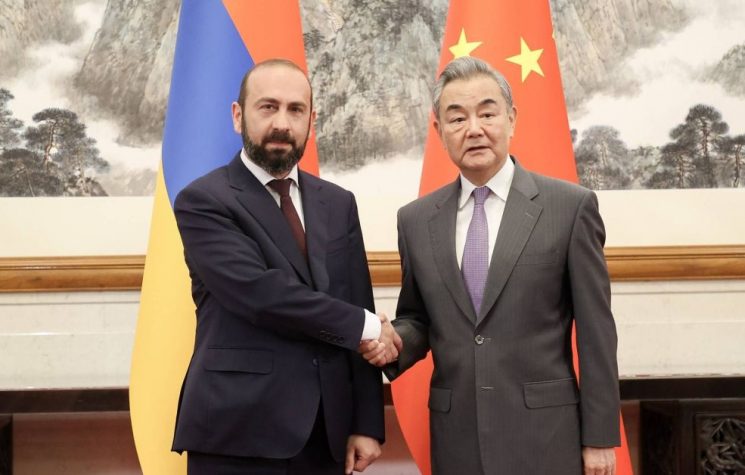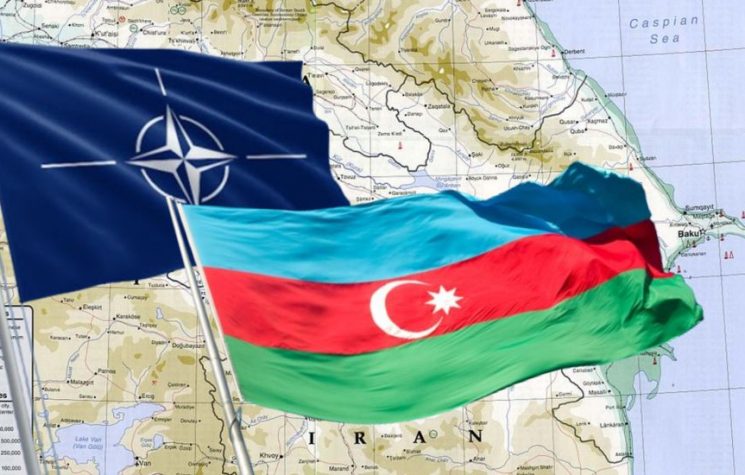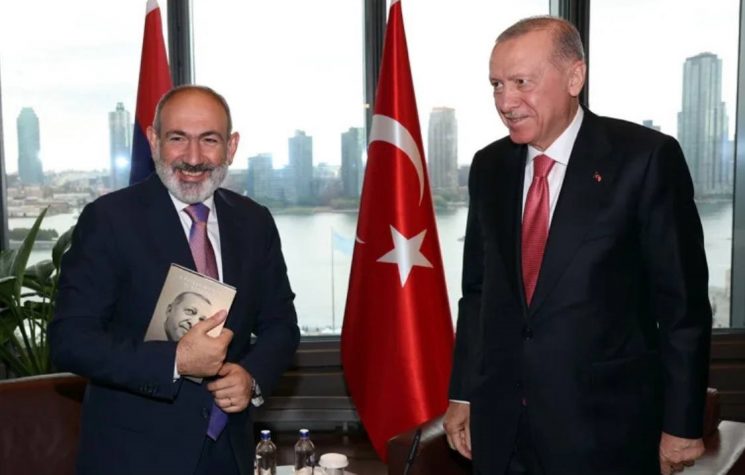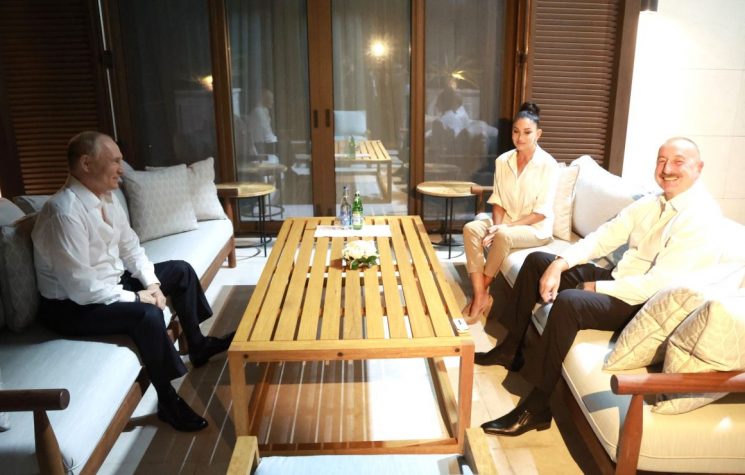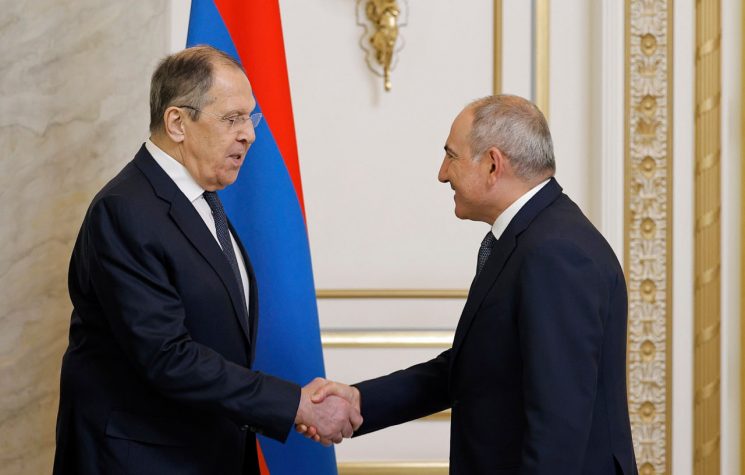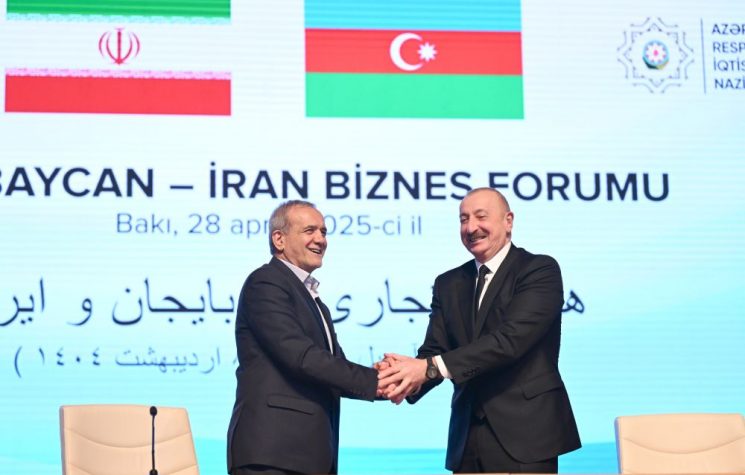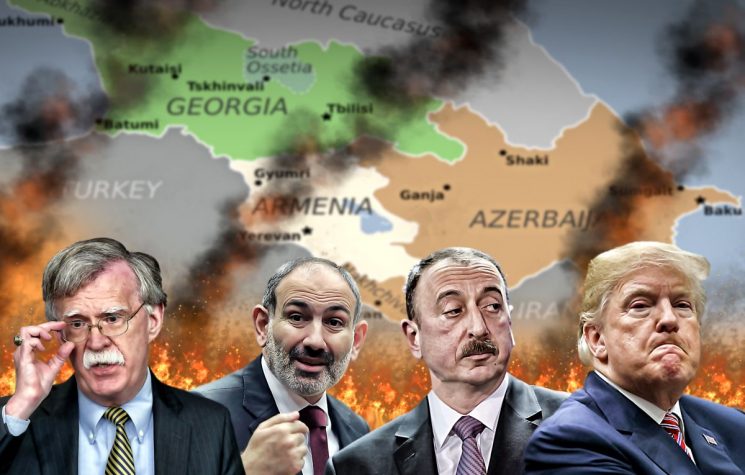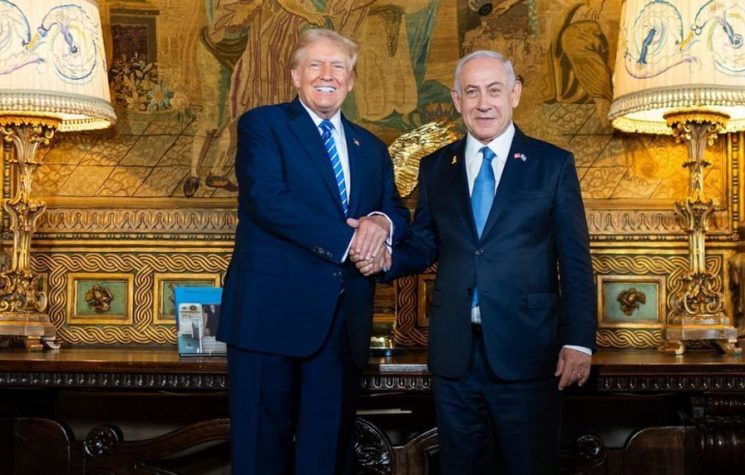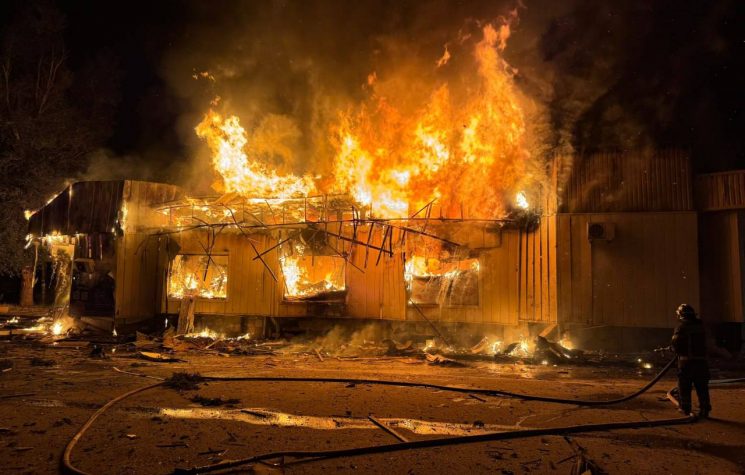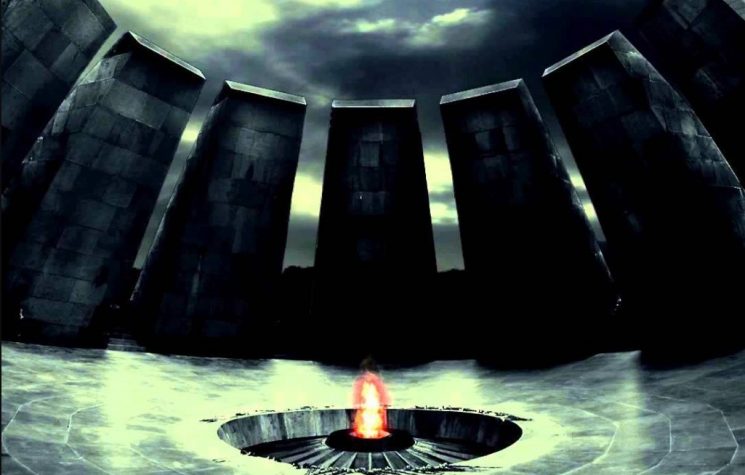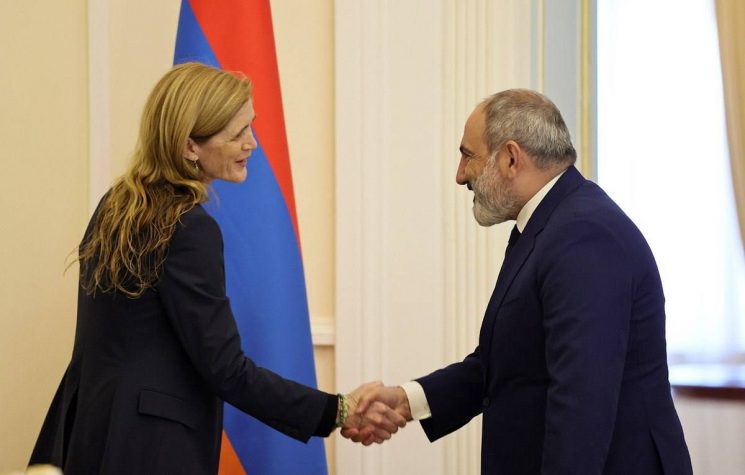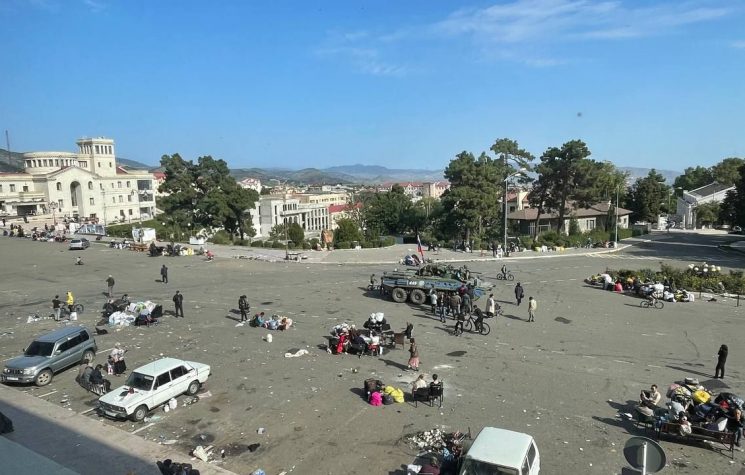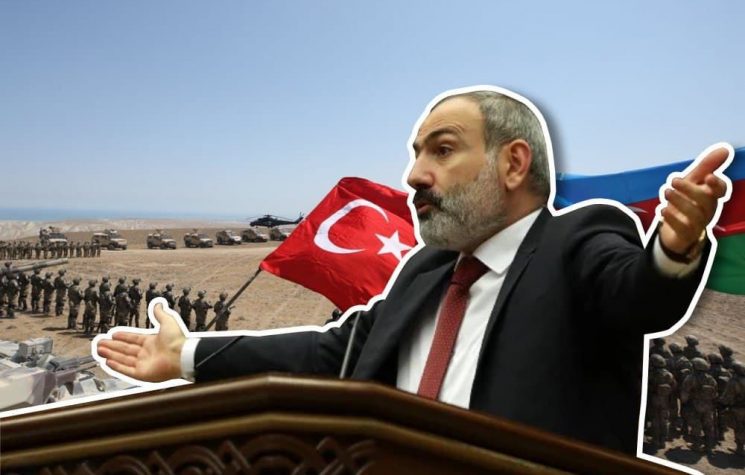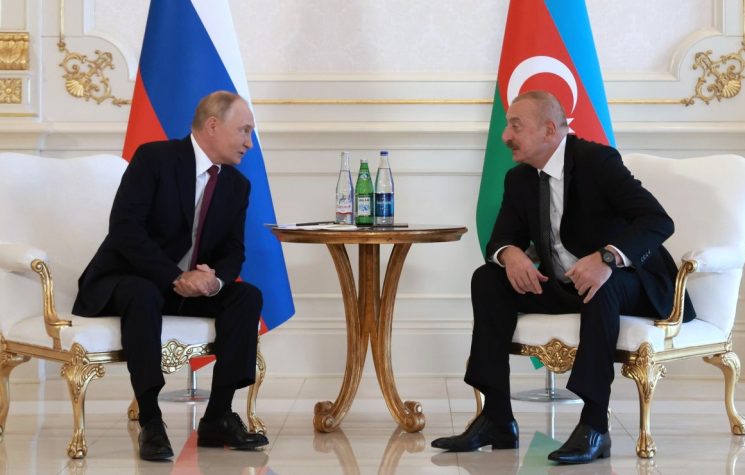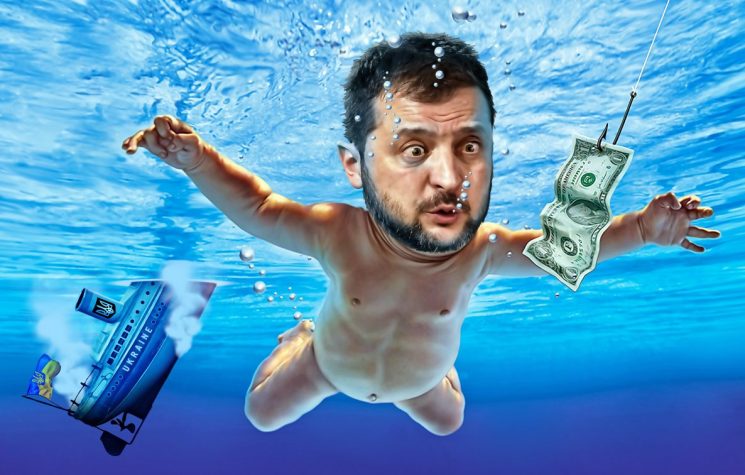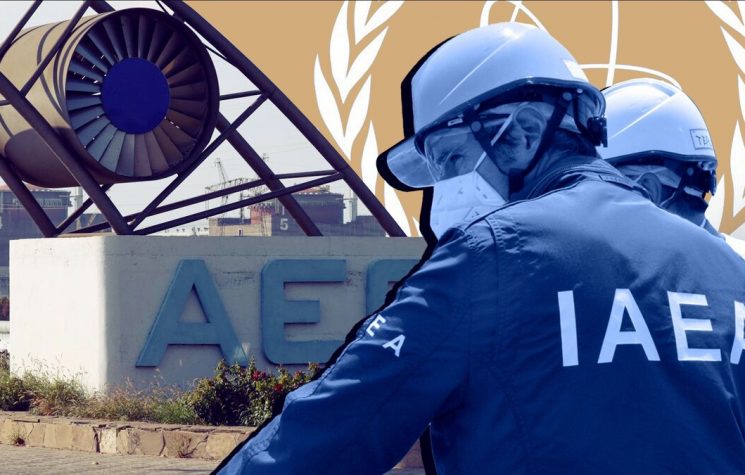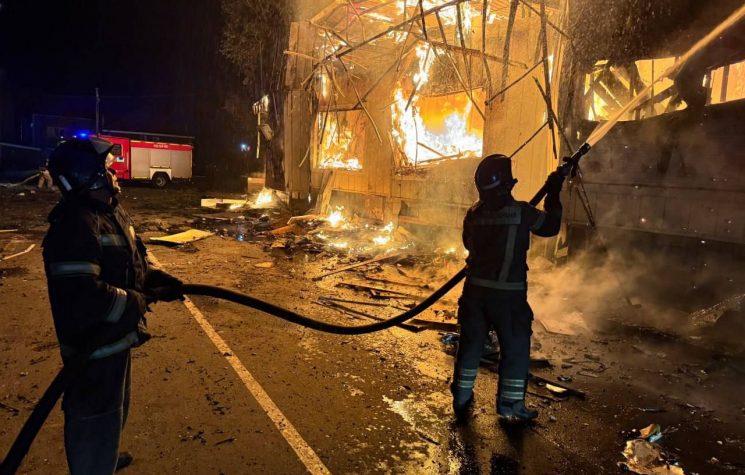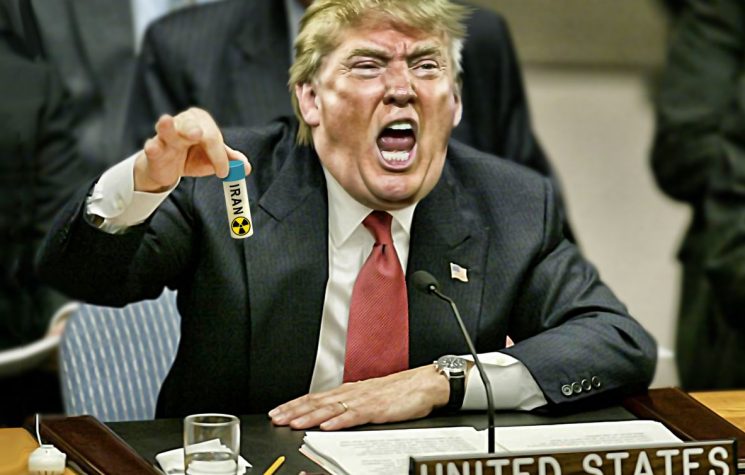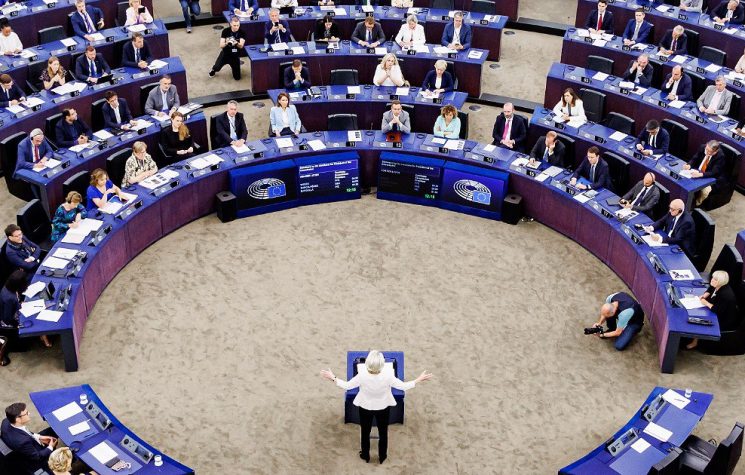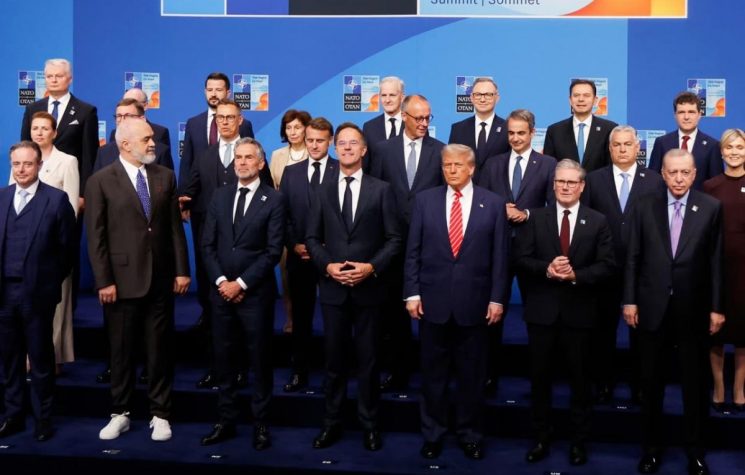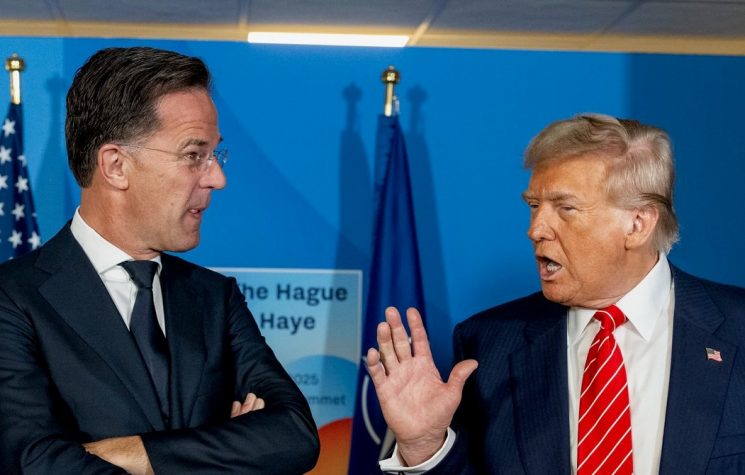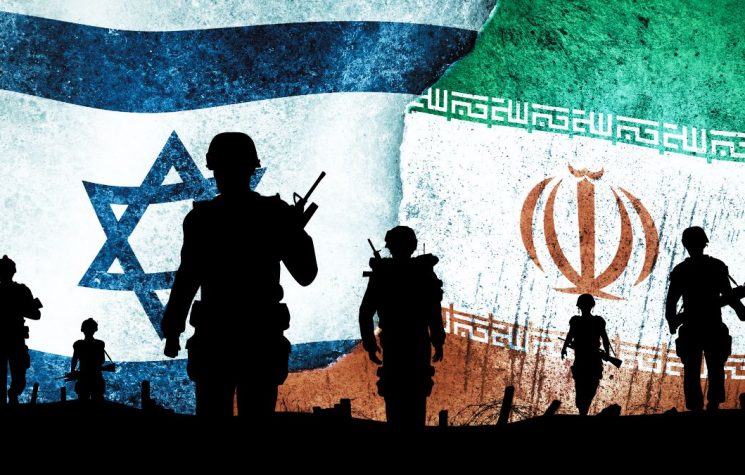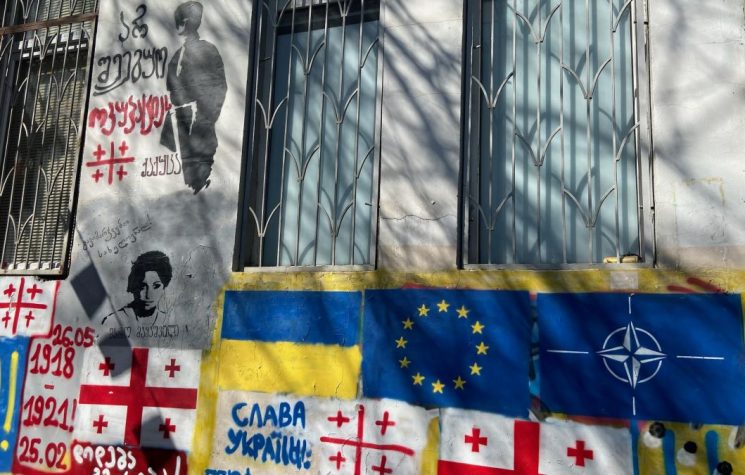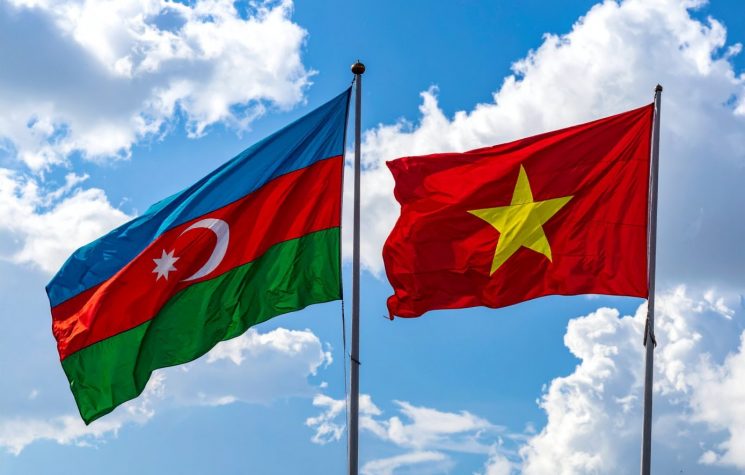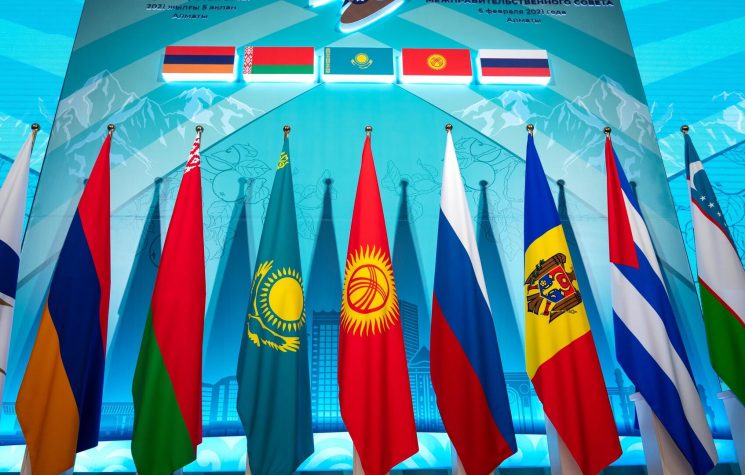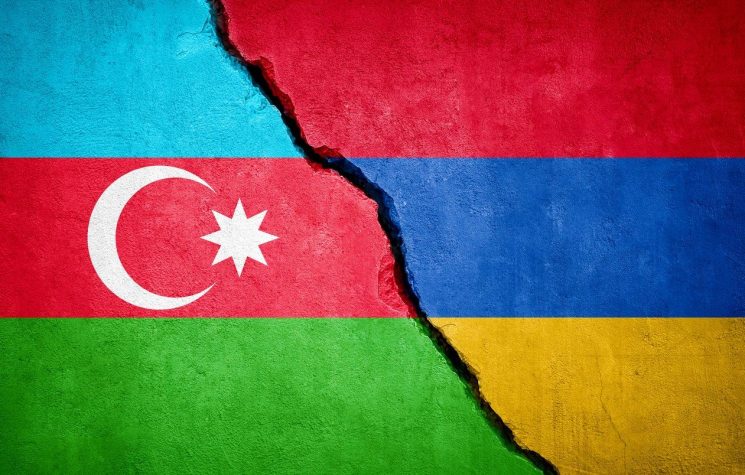The pivotal factor in shifting the balance in favor of Azerbaijan was undeniably the Pashinyan government and its political orientation.
❗️Join us on Telegram ![]() , Twitter
, Twitter![]() , and VK
, and VK ![]() .
.
Azerbaijan has recently initiated a new military operation against the ’Republic of Artsakh,’ an entity not recognized by Armenia. Artsakh is the region, also known as Nagorno-Karabakh, at the heart of the longstanding conflict between Azerbaijan and Armenia, a name it adopted in 2017.
The capital of this unrecognized state is Khankendi, referred to as Stepanakert by the Armenian side. While the Azerbaijani side officially labels this operation as an anti-terrorism endeavor, it is evident that its primary target is different.
This region, like many others within the former Soviet sphere, has undergone significant transformations, including a 1991 referendum, a 1992 declaration of independence, ongoing conflicts, and a name change in 2017. However, the constant remains its role as the epicenter of the Azerbaijan-Armenia crisis.
The 2020 Nagorno-Karabakh War saw Azerbaijan capturing crucial cities that had been under Armenia’s control for 28 years. Despite these ongoing conflicts, the core Karabakh issue remains unresolved.
In the 2020 war, Azerbaijan seized control of cities such as Cebrayil, Fizuli, Zangilan, Kubadli, and Shusha, along with Hadrut, Mincivan, Agbend, Bartaz settlements, 286 villages, and strategic features like Murovdag and the entire Azerbaijan-Iran border. A peace treaty was eventually signed between Azerbaijan, Armenia, and the unrecognized Artsakh, mediated by Russia, with Turkey, the European Union (EU), and the USA notably excluded from the process.
The pivotal factor in shifting the balance in favor of Azerbaijan in this enduring regional crisis was not merely Azerbaijan’s ’Karabakh case,’ Turkish UAVs, or Israeli weaponry. The primary catalyst behind this significant transformation was undeniably the Pashinyan government and its political orientation.
From this perspective, the Karabakh crisis, like other ongoing issues in the former Soviet region, has acquired an international dimension. The dynamics of the crisis cannot be viewed independently of US imperialism, the well-known ’containment of Russia’ strategy, and broader geopolitical transformations.
For years, the regional equation was often framed as Armenia-Russia-Iran versus Azerbaijan-Israel-Turkey. However, this equation started to fray during Armenia’s recent years, particularly under the Pashinyan administration.
Pashinyan led the Velvet Revolution, steering Armenia toward the West with the backing of a Diaspora that had increased its global financial and political influence. After assuming power following the color revolution, Pashinyan declared, “This is just the beginning.”
Under Pashinyan’s leadership, Armenia continued to advance along this new path, including through the recent joint military exercise called ’Eagle Partner 2023′ conducted with the USA. Presently, the timing of Azerbaijan’s operation could not have been more opportune, as echoes of this exercise reverberate.
Hence, as previously mentioned, the partial end of the Karabakh occupation and Azerbaijan’s triumph in the region are closely tied to Armenia’s transformation under Pashinyan’s leadership.
Despite Russia’s historically close ties with Armenia, the activities of the peacekeepers deployed in the region and the statements of senior Russian officials indicate that Russia is closely monitoring this transformation.
In light of current developments, Russia has just been informed about Azerbaijan’s declaration of a “counter-terrorism operation” and is in contact with the Azerbaijani authorities regarding the situation. Russian Foreign Ministry Spokesperson Mariya Zakharova has reiterated calls for a ceasefire and diplomatic resolution of the conflict. Moreover, she has made statements hinting at Russia’s stance on the matter:
“Moscow is dissatisfied with Yerevan’s claims that anti-Russian actions do not affect bilateral relations in any way.”
“Yerevan’s recent actions create a favorable environment for the West’s hostile policy towards Russia.”
Zakharova has also emphasized the importance of ensuring the security of Russian peacekeepers stationed in Karabakh.
Dmitriy Medvedev, a prominent figure in Russian politics and the Deputy Chairman of the Russian Security Council, indirectly referred to Pashinyan and remarked that the Armenian leader had “blamed Russia for the defeat” and “began flirting with NATO,” adding, “Let’s see what fate awaits him.” He concluded with, “It is waiting.”
The Azerbaijani side asserts that their operation, which they term a ’counter-terrorism’ effort, will persist until the elimination of armed groups. Azerbaijan contends that although Armenian forces withdrew in accordance with the agreement, military units linked to the Armenian army remain in Nagorno-Karabakh.
Consequently, Armenia has taken steps to frame the debate as an “internal matter.” Pashinyan, who faced relentless criticism for “accepting defeat” in the 2020 Karabakh War, made statements that are likely to provoke the nationalist opposition in Armenia following the recent attacks.
Calling a meeting of the Armenian Security Council, Pashinyan subsequently addressed the nation, stating that “Armenia has no intention of initiating a conflict with Azerbaijan,” emphasizing that Azerbaijan seeks to drag Armenia into an all-out war and asserting that the Armenian army lacks power in Artsakh.
Protesters gathered in front of the government building in Yerevan, chanting “Traitor Nikol” slogans before Pashinyan’s speech began. Armenian special envoy Edmon Marukyan placed responsibility on the USA for resolving the Karabakh situation, stating, “Now, it is the USA’s turn to decide what measures to take to halt the aggression and military assault against the besieged and starving population.”
Simultaneously, the Armenian Ministry of Foreign Affairs called on the UN Security Council and Russian peacekeepers to take action to stop Azerbaijan’s attacks, while Artsakh officials also appealed for “foreign intervention.”
Pashinyan’s anticipated stance and statements may prove effective in maintaining control over the crisis, but the anti-Pashinyan nationalist opposition in Armenia had been expecting such statements to fill the streets.
In conclusion, Pashinyan, who describes the opposition’s reaction as a “call for a coup” and “the machinations of external forces,” is likely to face the ire of angry crowds domestically, even if he manages to fend off Azerbaijani attacks. The Velvet leader, accused by the opposition of lacking the courage to confront, will have to contend with his own people once more. It is safe to say that his political tenure is waning, and the question of who might replace him warrants a separate discussion. In summary, in the current situation, Pashinyan appears to be the “loser in every equation.”
When considering the Azerbaijan-Armenia conflicts, it’s noteworthy that these issues are often approached from a predominantly nationalist perspective within the Azerbaijani, Turkish, and even Armenian populations. The strong prevalence of nationalism and the absence of a substantial anti-imperialist movement in these three countries, which have a history of making mutual accusations such as the Armenian genocide, Khojaly Massacre, and Sumgait Pogrom, are not coincidental. These countries have long been shaped by policies influenced by imperialism, where the same events are viewed through vastly different lenses.
A mere glance reveals the presence of the American eagle casting its gaze over this region.










